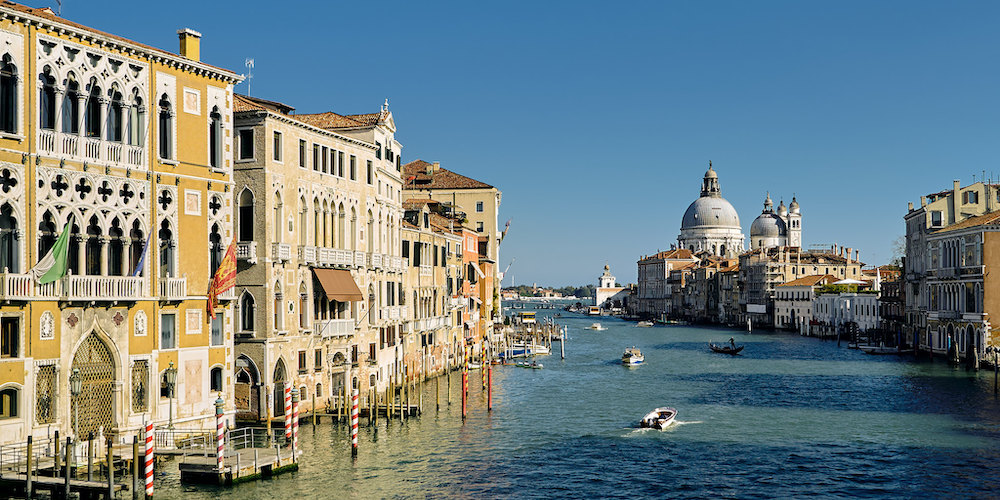Access to the city through turnstiles is back. These will be tested as early as this September and will be in operation from next summer: tourists will have to book and pay a fee to enter the city.
Venice and the overtourism issue

Overtourism has been defined by the World Tourism Organization as "the impact of tourism on a destination, or parts thereof, that excessively influences perceived quality of life of citizens and/or quality of visitor experiences in a negative way". Venice has always been decreed as the world capital of mass tourism, with a ratio of 370 visitors per year for every resident in the historic centre: an unsustainable figure. As early as 2019, the administration had set out to put in place restrictive measures to improve the city's situation, trying to aim for more sustainable tourism. Because of Covid, the measures were postponed until now, as the city had remained semi-deserted during lockdown periods.
Thanks to the stop of the large cruise ships, the city has averted, for the third time, its inclusion in UNESCO's black list of endangered world heritage sites, but to make tourism in Venice more sustainable, it is necessary, unfortunately, to implement further measures and restrictions. Venice is such a beautiful city but just as fragile, and with the advent of Covid the problem of crowds in the city's narrow streets and near the main sights is even more pronounced. When the new measures come into force next summer, it is hoped to put an end to this problem, thus distributing arrivals in the city fairly throughout the year. But let's look at these new rules in detail.
Venice and the new measures to regulate the arrivals

During this summer of opening, after periods of lockdown, Venice was flooded with tourists, with estimates of as many as 80,000 visits a day. The problem of overtourism, combined with the impossibility of allowing crowds to gather in the city's narrow calli due to Covid, has made the strategy of limiting access to the city popular again.
From summer 2022, the local government has decided to implement "active" management of tourist flows, based on an access fee and electronic turnstiles. A strategy that has only been tested in the last few pre-covid seasons and whose entry into force has already been postponed twice. According to local newspaper reports, the system will involve gates located at the city's access points, delimited by high-tech turnstiles, to which you only need to place near your mobile phone to enter. In fact, the turnstiles will be accompanied by an app that will allow you to book your visit, paying the access fee, which will vary from 3 to 10 euros depending on the period chosen.
Residents, commuters and a number of other categories, that will be defined shortly, will be exempt from payment. The inhabitants of the Veneto region will not have to pay for access to the city, but will still have to book their visit. The first test turnstiles could be positioned at Tronchetto to be tested by the city's employees. The hypothesis is that they will eventually be positioned at the railway station, at Piazzale Roma and at the tourist launch terminal.










Lascia un commento